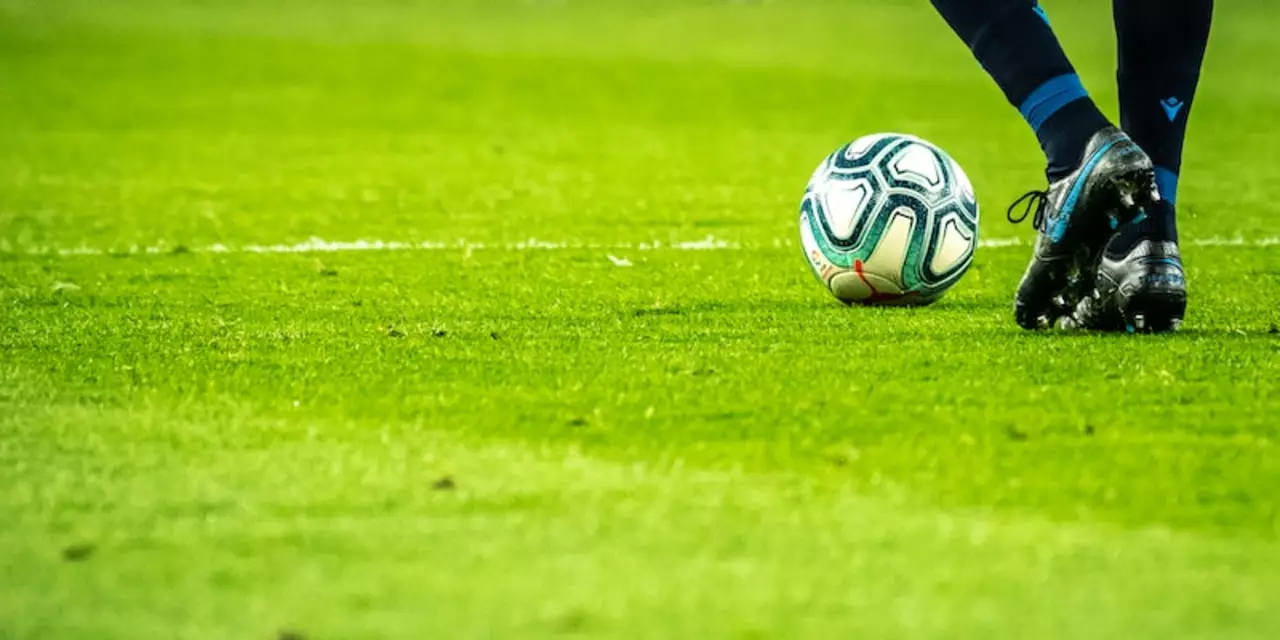Soccer position guide: roles, skills and earnings
When talking about a position, the specific role a player occupies on the football pitch. Also known as role, it determines where you line up, what you’re expected to do and how you help the team win. One common goalkeeper, the last line of defense whose main job is to stop shots. Another key striker, the player who leads the attack and aims to score goals. The midfielder, the link between defense and attack, often dictating the pace of the game rounds out the core trio. Each of these entities influences how a team sets up, which tactics it can run, and what physical and mental traits are needed. Understanding these connections helps you read a match, pick the right gear, or choose a training focus.
Why understanding each position matters
From a tactical view, a position isn’t just a spot on the line‑up; it’s a set of responsibilities that shape the whole formation. A defender, for example, must master tackling, aerial duels and spatial awareness, while a striker needs finishing, movement off the ball and composure under pressure. Salary data shows that goalkeepers often top the pay tables because clubs pay a premium for reliability between the sticks, even though strikers grab the headlines. Midfielders sit in the middle of the financial spectrum but can command high wages if they excel at both creation and defense. The choice of position also dictates the training routine: Goalkeepers spend extra time on reflex drills, strikers focus on shooting drills, and midfielders blend endurance work with passing drills. These attribute‑value pairings—like “goalkeeper → reflexes → high” or “midfielder → stamina → medium”—create clear pathways for player development.
Below you’ll find a curated set of articles that dive deeper into each of these roles. We cover everything from how a striker’s positioning can boost goal output, to the mental toughness needed by goalkeepers, to salary trends across the league. Whether you’re a fan wanting to decode the next match or a player deciding which role fits your skill set, the posts ahead give practical tips, real‑world examples and expert analysis that bring each position to life.
How to choose a soccer position?
Posted by Zander Callaghan with 0 comment(s)
When choosing a soccer position, it is important to consider a variety of factors, including physical abilities, mental abilities, and personal preferences. Physical abilities include speed, strength, and endurance, while mental abilities include decision-making and the ability to read the game. Personal preferences include playing style and the level of competition desired. Additionally, it is important to understand the various roles of each position on the field and the responsibilities that come with it. By understanding all of these factors, it is possible to make an informed decision about which soccer position is the best fit.
view more